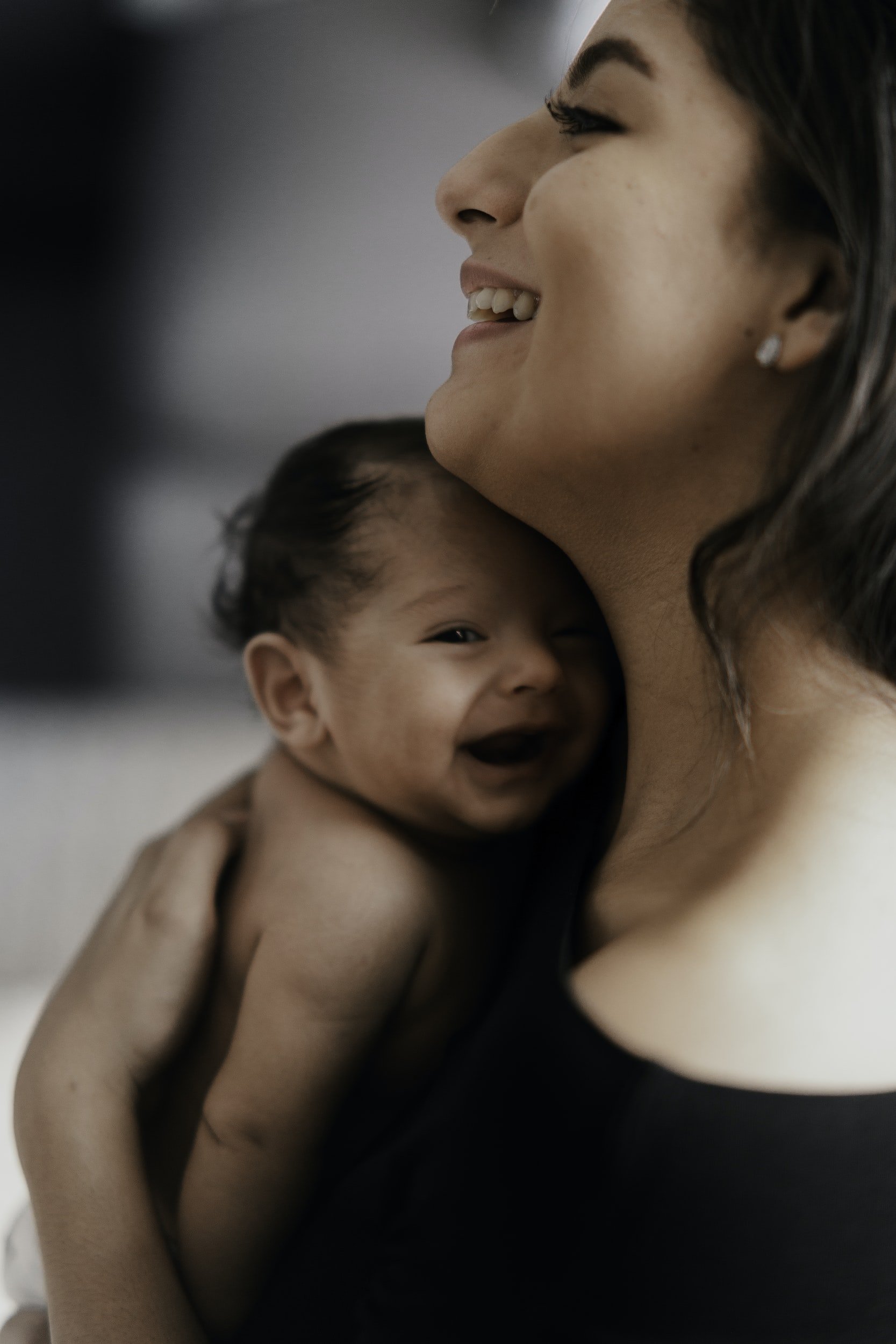Lying In - History, Benefits, and Beliefs Around the First 10-14 Days
If you’ve ever given birth to a baby, you know that the first few days afterward can be summed up in one word: exhausted. Not only have you done the physical labor of… well, labor… but your body is also experiencing a litany of hormonal shifts, schedule adjustments, and starting to do the hard work of healing.
An old wives’ tale that perhaps your grandparents’ generation may remember is “if you stand up too much after giving birth, your uterus will fall out.” While the reasoning behind these instructions may be a myth, the intention of taking it easy and resting for an extended period of time after giving birth is proven to be beneficial for the birthing parent and newborn baby.
The practice of “Lying In” has taken place dating back thousands of years across many cultures. In our modern Western world at the turn of the century, new mothers were expected to lie in anywhere from two weeks to two months after giving birth. It eventually became a luxury only afforded to the affluent, as most mothers had to immediately get back up and take care of the home and other children shortly after child birth. Families even stayed in the hospital for up to two weeks to fully recover, which was reduced to one week during the first World War due to a shortage of hospital beds, and again to four days during World War II. Eventually, recovery days in the hospital were dropped to our standard 48 hours we see today, and most of the recovery is done at home.
But what happens when a new birthing parent goes home? Often, life resumes as usual, even though life is far from what it was before giving birth - there’s cleaning and cooking to do and errands to run. Sometimes there are other children to care for. When a new parent returns to their old life, the adjustment is harder than anyone expects. Perhaps that’s in part to the expectations being too high, and to the primal parts of ourselves knowing that there’s another way to do this parenthood thing.
Birthing parents who lie in when they return home for 10-14 days show signs of increased bonding, increased milk production (if they are breast/chestfeeding), and increased rates of physical recovery from birth trauma. The old adage “parents give birth in the field and then return to work” just isn’t true in the majority of cultures, and in societies where new parents are supported by friends and family for daily tasks such as cooking, cleaning, bathing, and shopping, it’s not true at all. The adage “it takes a village” is a lot closer to what the experience of childbirth and new parenthood should be, but is sadly often not the case.
Researcher and nurse Bridget Lynch explains that “babies come into this world ready to bond”, which is why parents who lie in with their babies, giving themselves the time to heal, explore, and bond with this new little life, often experience higher levels of oxytocin and less signs and symptoms of postpartum depression. Not only that, but the overall increased levels of oxytocin also help with healing, milk production, sleep, mood swings, and many more aspects of new parenthood that birthing parents struggle with. If you as the birthing parent are giving your attention to tasks or other people during these critical weeks, you may be missing key bonding time with the new little life in your world.
A postpartum doula service is a potential support that new parents can utilize to ensure the bonding period once returning home is maximized. Postpartum doulas are able to help “mother the mother” by taking care of menial tasks around the home and ensuring the new parents are getting what they need in order to be the best parents they can be while adjusting to this monumental change and helping with baby care so parents can rest.
Of course, an important component of a new parent’s wellbeing is their nutrition, as it helps to support their mental and physical health. In Chinese culture, where lie ins are still part of the recovery process for new parents, birthing parents are not allowed to eat anything spicy, drink anything colder than room temperature, and participate in what they call “confinement”. There are even “confinement centers” that you can transition to after giving birth that cater to your needs and allow you to focus on the important thing - caring for your baby.
While you may not be able to take an all expenses paid trip to a Chinese”confinement center” postpartum, but you can be sure you nourish yourself and your body at home. We at Beautiful Births and Beyond recommend Heng Ou’s book “The First Forty Days: The Essential Art of Nourishing the New Mother” for recipes that help replenish, calm, soothe, and inspire. Not only that, but Ou’s book also “offers advice on arranging a system of help during the postpartum period, navigating relationship challenges, and honoring the significance of pregnancy and birth.”
As always, our amazing doulas here at Beautiful Births and Beyond are happy to discuss what a lie in may look like for you, and help you make a plan postpartum through the fourth trimester. Contact us to schedule a consultation! We can’t wait to make your birth plan a reality!



